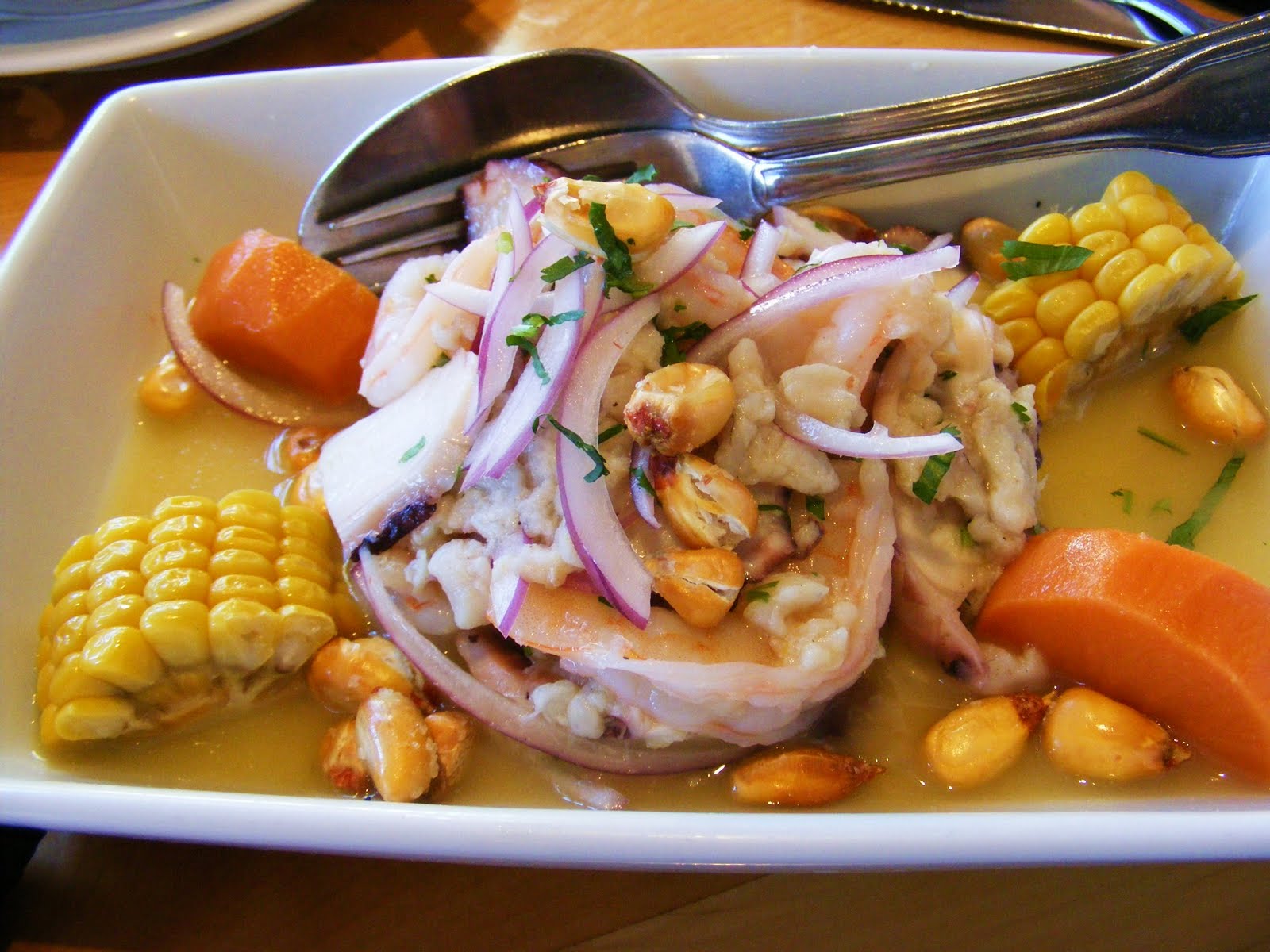Japanese sushi and Peruvian ceviche are both popular raw fish dishes with distinct differences. Sushi originated in Japan in the 8th century as a method of preserving fish with rice, and usually consists of raw fish, seasoned rice, and seaweed. Peruvian ceviche dates back to pre-Columbian times and comprises raw fish in a citrus juice marinade with onions, chili peppers, salt, and can include other ingredients such as corn, sweet potato, and avocado. Sushi is an art form to prepare with different types requiring different styles. In contrast, ceviche is simpler to prepare but still requires attention to detail. The taste of sushi is delicate and buttery, while ceviche is bright and bold. Ultimately, the choice between the two comes down to personal preference.
Introduction
Sushi and ceviche are two of the most popular raw fish dishes in the world. Both have become staples in global cuisine, and are often considered gourmet foods that are enjoyed by foodies and casual eaters alike. However, despite both being raw fish dishes, there are distinct differences between Japanese sushi and Peruvian ceviche. In this article, we will pit these two famous raw fish dishes against each other and compare and contrast their various aspects.
Origins
Sushi can be traced back to Japan in the 8th century, where it was originally a method of preserving fish by fermenting it with rice. Over the years, sushi has evolved into an art form, a cuisine, and a cultural icon in Japan. On the other hand, ceviche has roots in Peru, dating back to pre-Columbian times when indigenous peoples would preserve fish in citrus juices. The dish eventually evolved into the ceviche we know today, with influences from Spanish immigration to Peru.
Ingredients
Japanese sushi typically consists of raw fish, seasoned rice, and seaweed. The fish used in sushi can be varied, from salmon to tuna to eel. The type of fish used in sushi depends on the season and the region of Japan. The seasoning for the rice is a combination of vinegar, sugar, and salt. Seaweed is used both as a garnish and as a wrapper for certain types of sushi, such as maki rolls.
Peruvian ceviche, on the other hand, consists of raw fish that is marinaded in citrus juice (usually lime or lemon), along with onions, chili peppers, and salt. The marinade “cooks” the fish, resulting in a tender and flavorful dish. Peruvian ceviche can also include other ingredients such as corn, sweet potato, and avocado.
Preparation
The preparation of Japanese sushi is an art form, with chefs spending years perfecting their craft. The rice for sushi is cooked and seasoned, and then the fish is sliced by hand into bite-sized pieces. Different types of sushi call for different preparation styles, such as nigiri or sashimi. Sushi can also be presented artistically on a plate, with the chef adding finishing touches such as wasabi, soy sauce, or garnishes.
Peruvian ceviche is much simpler to prepare, but still requires attention to detail. The fish is cut into small pieces and then marinated in the citrus juice for a few minutes. The onions and chili peppers are chopped and added to the marinade along with salt. Once the fish is ready, it is served with various accompaniments such as corn, sweet potato, and avocado.
Taste
The taste of Japanese sushi is determined by the type of fish used as well as the seasoning of the rice. The fish is often delicate and buttery, with a clean flavor that is enhanced by the vinegar and salt in the rice. The seaweed adds a salty and slightly crisp texture to the sushi. The combination of flavors in sushi is what makes it such a beloved and highly-regarded dish around the world.
Peruvian ceviche has a bright and bold flavor that is derived from the citrus juice marinade. The fish is tender and flavorful, with a tangy and acidic taste. The onions and chili peppers add a spicy kick to the dish, while the accompaniments such as corn and sweet potato provide a balance to the acidity of the fish.
Conclusion
In conclusion, while both Japanese sushi and Peruvian ceviche are raw fish dishes, they are quite different in terms of origin, ingredients, preparation, and taste. Japanese sushi is delicate and refined, while Peruvian ceviche is bold and flavorful. Both dishes are beloved around the world and are considered gourmet foods, but ultimately it comes down to personal preference when choosing which one to enjoy.
